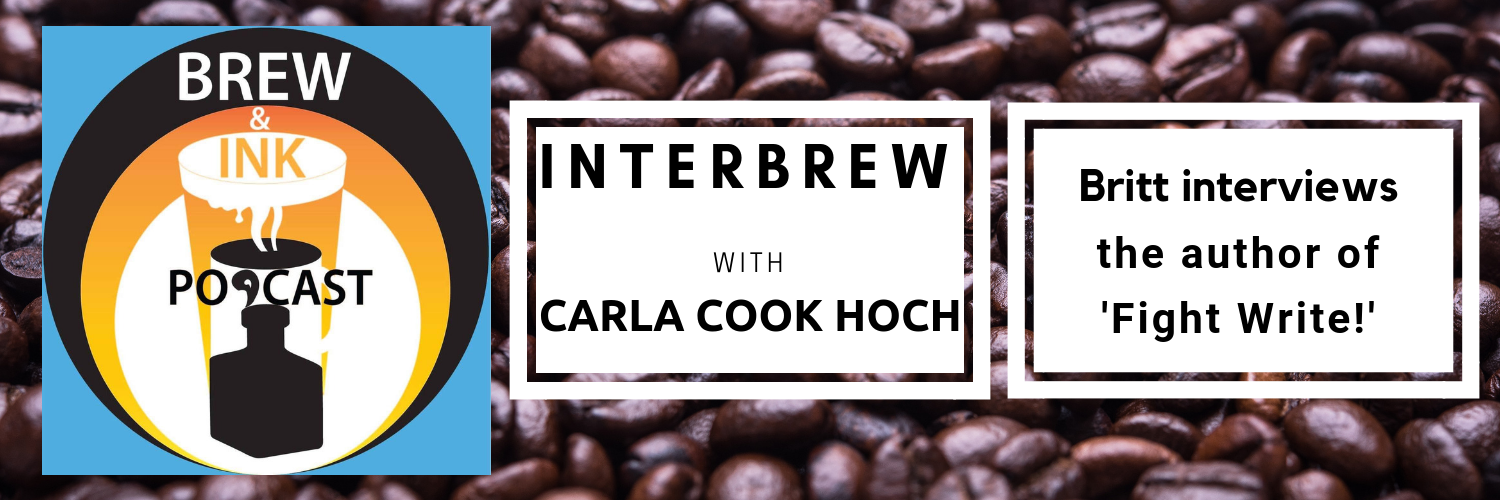Outside of slowing or pausing your movie to write the moves you see, you really need to try and picture yourself in the fight, i.e., what would your reaction be if someone attacked you. Which direction(s) would you move? Which hand are you striking with? Etc. Fortunately, and UN-fortunately, I fought a lot in my youth and received training in hand to had combat in the military, so that helps when I write.
I don't know if it will help, but I'm including a short, close-quarters fight scene from my book "Guardian of the Lightning Seeds." A little perspective in advance, the main character is a human while the supporting characters are "fairy-like" in appearance (i.e., a foot tall with wings), but are warriors from Japan. Warning, it's a little brutal:
"Nearly halfway out of Shin-au-av, a demon long forgotten startles them. The hideous Dzoavits unexpectedly charges the group from an adjoining tunnel. Nearly naked, he wears an old, tattered, and filthy breechcloth. Long, dirty, and thin hair has grown from his head to his ankles, covering his pale skin. Behind the unkempt hair, large, round, yellow eyes glow in the darkness. Sensing the creature is about to strike, Hasegawa zooms in front of Takeda to protect him. Dzoavits snatches him out of the air with his left hand. He tightens his grip, breaking off his sashimono and shattering Hasegawa’s back. The ashigaru warrior screams in pain. His sashimono and yari fall to the ground. The ogre shoves Hasegawa into his gaping mouth full of rotten teeth. They hear his muffled screams and a horrid crunch as the demon ogre consumes him, armor and all.
The tunnels are dark and shadowy; Notah does not see Dzoavits swipe at them with his right hand. As a result, the ogre slashes through Notah’s shirt and into his left shoulder. Notah grits his teeth and groans from the four claw-like cleave marks left by its sharp fingernails. The young brave spins back to his left to face the monster while instinctively unsheathing his knife with his right hand.
Takeda, who dodged the second swipe, swoops down to the ground. He sheathes his sword and picks up Hasegawa’s yari. With both hands on the pole, he zooms up into the air between Notah and the ogre, screaming with a vengeful fury. His armor and the yari blade glow much brighter, temporarily blinding the ogre. He buries the spear in the yellow eye of Dzaovits, who screams in pain. The ogre swats blindly at Takeda, striking and slightly wounding him. Notah ducks his flailing arm and then buries the blade of his knife between the monster’s neck and shoulder. Dzaovits turns to escape, stumbling over the rocky ground. He screams in agony, groping blindly at the knife handle as he staggers into the black tunnel.
They both know it is a mortal blow; he will not return..."


 Like how to describe combat and hand to hand fighting?
Like how to describe combat and hand to hand fighting? )
)
 Depending on the kind of assassin he is (hamas-type? Ninja? Mercenary?) and the kind of fighter she is (street fighter? Kickboxer?) YouTube is a good place to learn movements. If their fighting styles are vastly different, you’ll have to work at getting the movements right.
Depending on the kind of assassin he is (hamas-type? Ninja? Mercenary?) and the kind of fighter she is (street fighter? Kickboxer?) YouTube is a good place to learn movements. If their fighting styles are vastly different, you’ll have to work at getting the movements right. 